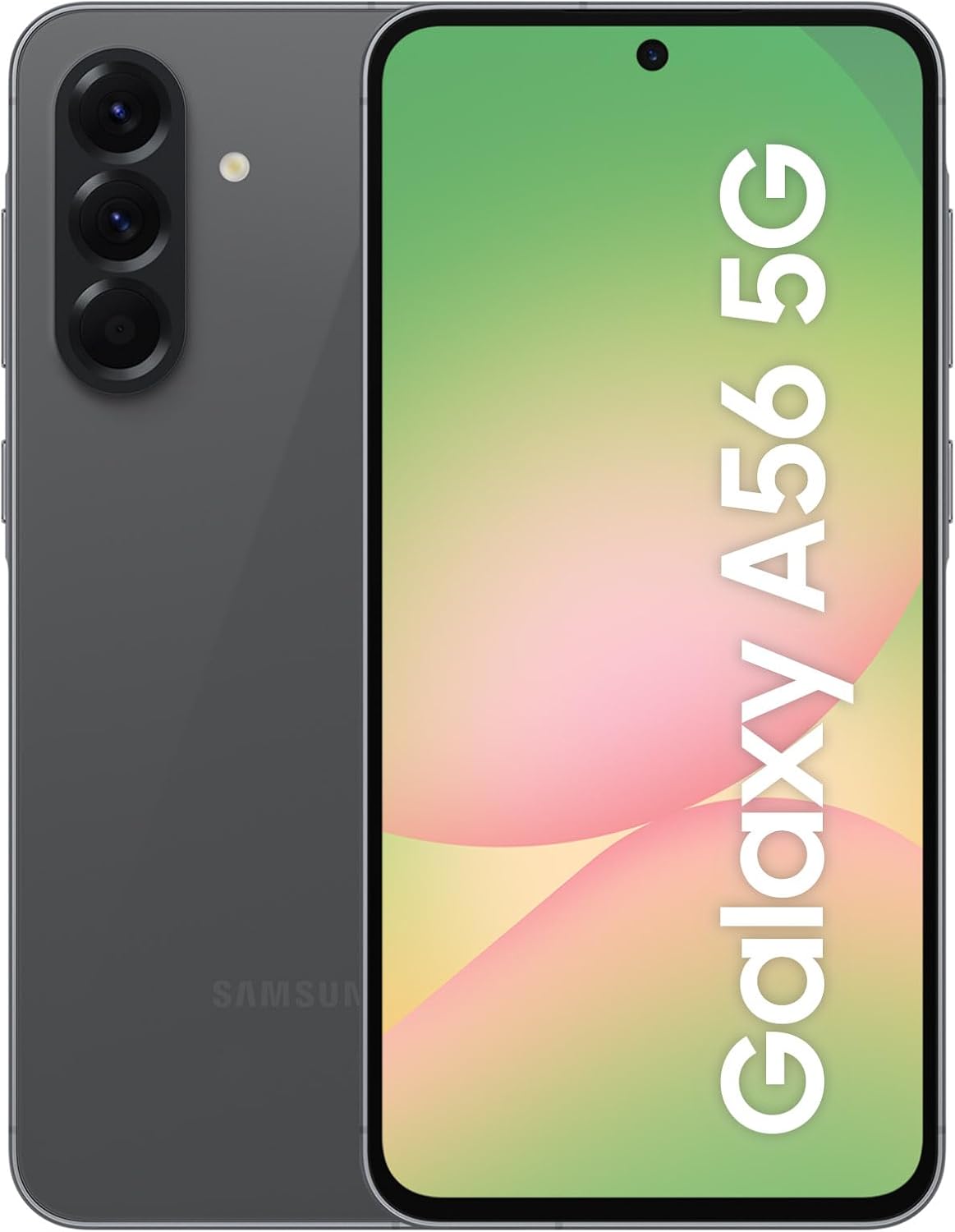You’re holding two phones that could pass for twins. At a glance, it’s hard to tell them apart. But start using them, digging deeper, opening apps, switching between tasks—and suddenly, the differences begin to show. The Samsung Galaxy A56 5G and the Galaxy A36 5G may wear the same outfit, but under the hood, they’re on different missions. And that’s exactly what caught our attention.
Samsung has clearly shifted its strategy. Instead of redesigning the wheel, it refined it. The Galaxy A36 5G is no slouch, but the A56 5G takes that foundation and builds something more refined, more confident. We’re not talking radical makeovers, but subtle upgrades that, for some users, could make all the difference. Let’s walk through what really separates them.
Same first impression, slightly different character
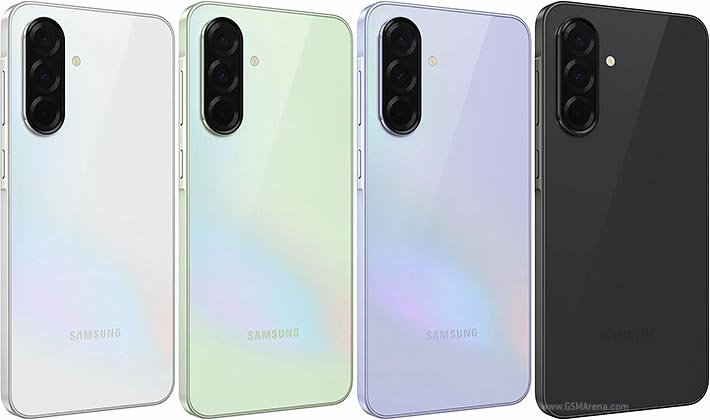
You pick them up and you’re thinking: “Wait a second… didn’t I just hold this one?” Yeah, they look that similar. Both models are now slimmer, down to around 7.4 mm thick, which is a welcome departure from the chunkier builds we saw last year. It makes them feel lighter, more elegant, easier to hold for long sessions.
But then your fingers find the difference. The A56 5G trades plastic for aluminum, with a brushed frame that instantly feels more premium. The Galaxy A36 5G, by contrast, stays with a polycarbonate shell—it doesn’t feel cheap, but it definitely doesn’t give off the same vibe.
The camera modules got a design shift this year too. Gone are the floating triple lenses—both phones now opt for a vertically aligned camera strip. But here’s the nuance: the A56 features subtle indented rings around each lens, while the A36 goes fully flush. Small? Yes. But we noticed it. It’s that extra polish that hints at the A56’s higher status.
And let’s talk colors, because Samsung doesn’t hold back here. The A36 5G is offered in Awesome Black, Lime, White, and Lavender, while the A56 5G comes in Awesome Light Gray, Olive, Pink, and Graphite. The naming still feels like a group chat from a K-pop fan club, but hey—it works. Both are IP67 rated, meaning you don’t need to panic over spills or rainy pockets.
Brighter displays, but not bigger differences
When it comes to the screen, these two are nearly indistinguishable. Both feature a 6.7-inch AMOLED panel with Full HD+ resolution and a 120 Hz refresh rate, which makes everything from swiping to streaming feel smooth and vibrant.
But there’s something new this time around. Samsung boosted brightness on both phones to 1,200 nits in High Brightness Mode, and up to 1,800 nits with Vision Booster. That’s a noticeable leap from the previous 1,000-nit standard, especially if you’re out in direct sunlight. The colors still pop, blacks are deep, and viewing angles are great.
We used both side by side under harsh daylight, and honestly, there’s no real winner here. They’re equally good, and the visual experience is sharp and fluid no matter which one you’re looking at.
Same setup, but smarter shooting
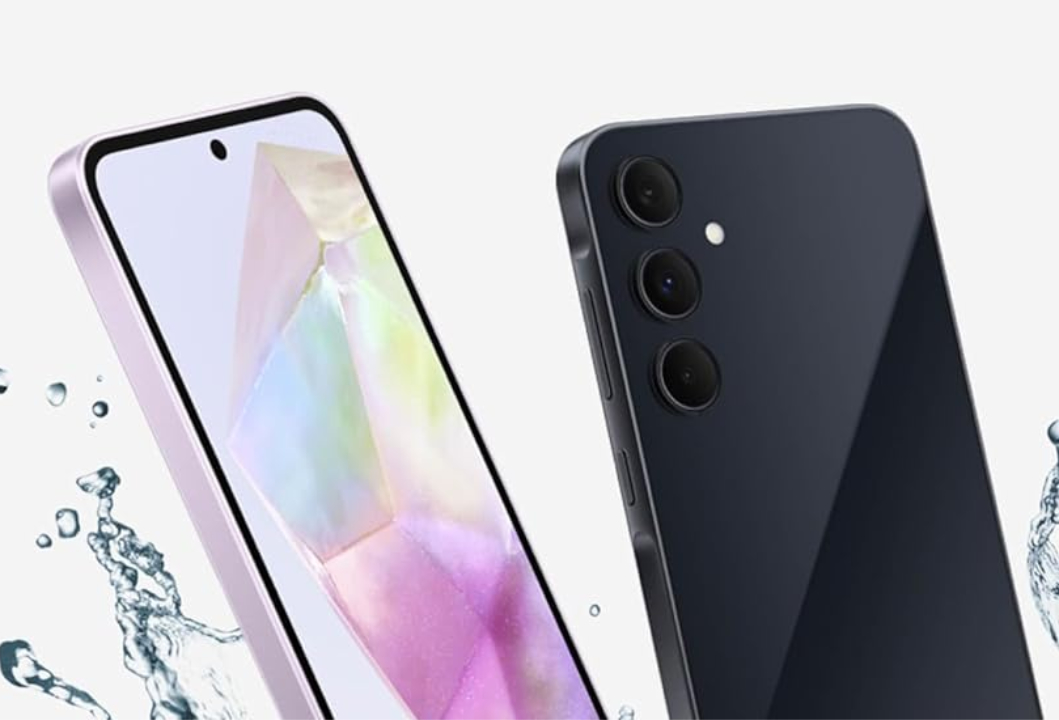
At first glance, you’d think the cameras are carbon copies—and you wouldn’t be far off. Both phones carry a 50 MP main camera with optical stabilization, a 5 MP macro lens, and an ultra-wide sensor. But here’s where the A56 5G quietly steps ahead.
That ultra-wide lens jumps to 12 MP on the A56, compared to 8 MP on the A36. For casual users, it might not jump off the screen, but if you’re shooting landscapes or group shots, you’ll notice sharper edges and better detail with the A56.
The front cameras also share a 12 MP sensor now, but this year Samsung put bigger pixels and improved HDR into play. The twist? The A56 5G benefits from an updated AI Image Signal Processor that cuts down noise and balances exposure better, especially in low light or backlit situations.
Same camera layout? Sure. But the execution is just that bit cleaner and more refined on the A56.
Performance isn’t even close
Let’s get to the meat of it. This is where the A36 5G and A56 5G really start to show their stripes.
The Galaxy A36 5G is powered by the Snapdragon 8 Gen 6, which is no pushover. It’s efficient, does the job well, and keeps apps running smoothly. But then we fire up the A56 5G—and there’s an immediate difference. The Exynos 1580 in the A56 offers an 18% jump in CPU performance, a 12% improvement in NPU efficiency, and a whopping 77% increase in GPU power.
If you’re gaming, editing photos, or just zipping between heavy apps, the A56 just holds up better under pressure. It also comes with a 15% larger vapor chamber, which helps it stay cooler during long sessions. No surprise reboots. No overheating messages. Just steady, confident performance.
Both phones come in 8 or 12 GB RAM variants, and both use LPDDR5, so memory speed is excellent either way. But if you’re a power user, the A56 has the muscle you’ll actually feel.
A longer software life, with smarter tools
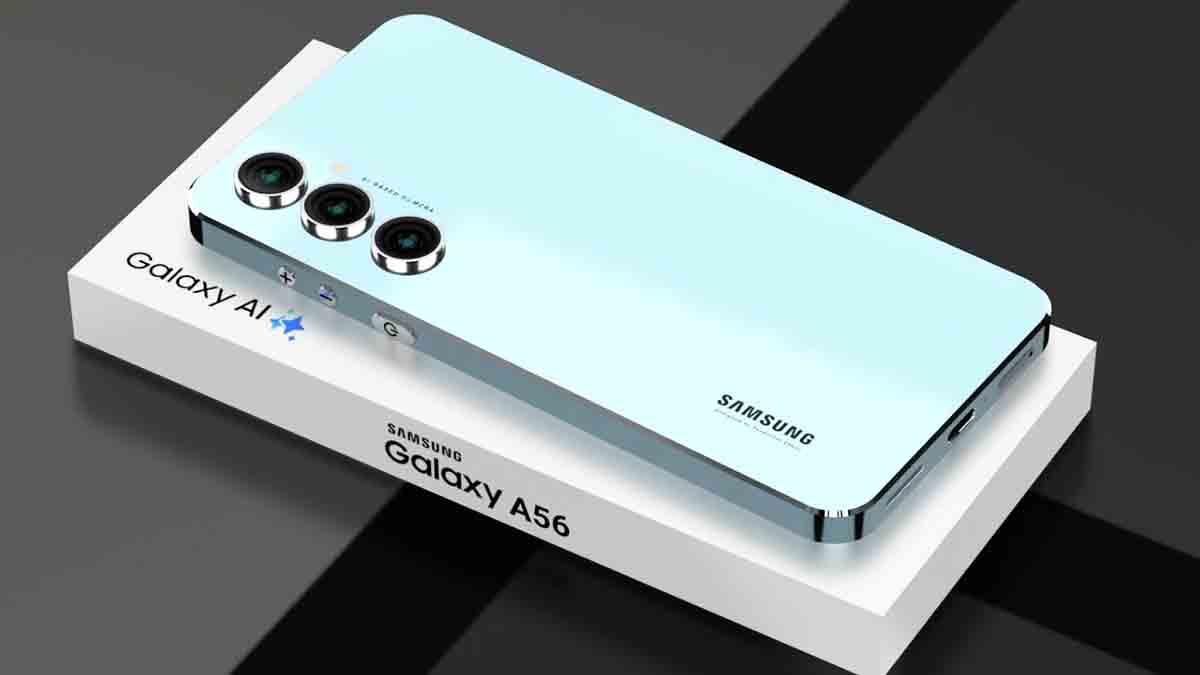
Both phones ship with Android 15, skinned with Samsung’s One UI 7.1. They’re clean, fluid, and stacked with customization options. But when we started looking ahead, it became clear: the A56 5G is built for the long run.
Samsung has promised six years of updates for the A56—both OS and security, matching its flagship commitments. The A36? It’ll still get a respectable update cycle, but it doesn’t reach that same promise.
And there’s more. AI features are slowly weaving their way into Samsung’s software, and the A56 includes extra perks like Auto Trim (which finds the best moments in your videos) and Best Face (which optimizes faces in motion shots). These aren’t life-changing, but they’re the kind of tools you start to rely on once you have them.
The same battery, but faster juice
Battery life? Both come with a 5,000 mAh cell, and both handle a full day of use with no sweat. Whether we were streaming, scrolling, or shooting photos, neither showed signs of drain anxiety.
The difference comes when you plug them in. The Galaxy A56 5G supports up to 45 W charging, while the A36 5G tops out at 25 W. That’s not a small gap. In just 30 minutes, the A56 climbs to 65%, while the A36 lags behind.
If you’re always in a rush or constantly low on battery, the A56 feels way more convenient. And no, neither includes a charger in the box. Samsung’s still doing that thing.
Storage and build—details that matter more than you think
Both phones offer up to 256 GB of storage, and both use fast UFS tech. The difference? The A36 5G may include a microSD slot depending on the region, but the A56 skips expandable storage altogether. That’s something to think about if you’re always juggling videos, games, or offline content.
Build quality, on the other hand, is crystal clear. The aluminum frame on the A56 5G not only feels better—it also looks sharper. The brushed finish doesn’t smudge as easily, and it gives the phone a sturdier, less plasticky presence. The A36 doesn’t feel cheap, but it definitely doesn’t feel as confident.
Extra touches that tip the scale
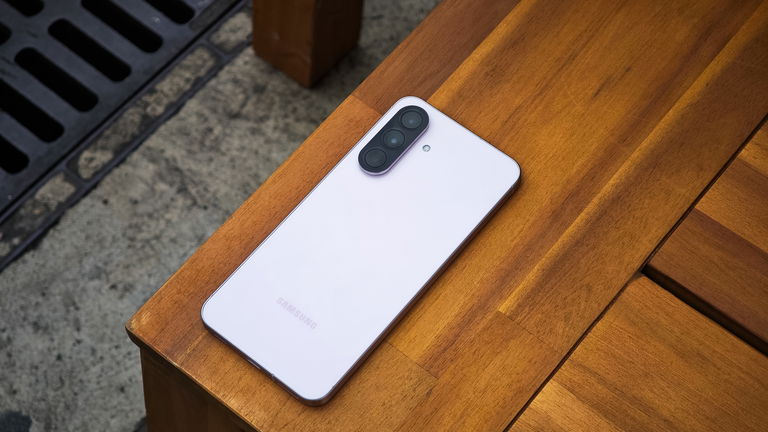
We noticed that it’s the smaller upgrades—the ones you don’t see on the spec sheet—that end up making a bigger difference over time. The A56’s AI-powered tools, upgraded GPU, larger vapor chamber, and faster charging aren’t dramatic changes on their own, but they come together to create a smoother, more satisfying experience.
The A36 5G is still a great phone. It covers the basics well, has a solid display, capable cameras, and runs the latest software. But it’s missing that extra layer of finesse that makes the A56 feel just a bit more complete.
So… is it worth it?
We didn’t expect this comparison to be so revealing. At first, it felt like splitting hairs. But as we dug deeper, it became obvious.
The Galaxy A56 5G isn’t just a newer version of the A36—it’s a smarter one.
It’s not about radical innovation or fancy new tricks. It’s about taking a familiar formula and sanding down the rough edges. Better thermals, stronger graphics, longer update support, cleaner selfies, quicker charging… it all adds up.
So if you’re torn between the two, ask yourself: how long do you want your phone to stay relevant? How much multitasking do you do? Do you care about AI tricks and premium finishes?
Because if you do, the A56 5G is the one that will hold up better, feel better, and stay better—long after the new-phone smell fades.
And just like that, we know which twin we’d choose.

